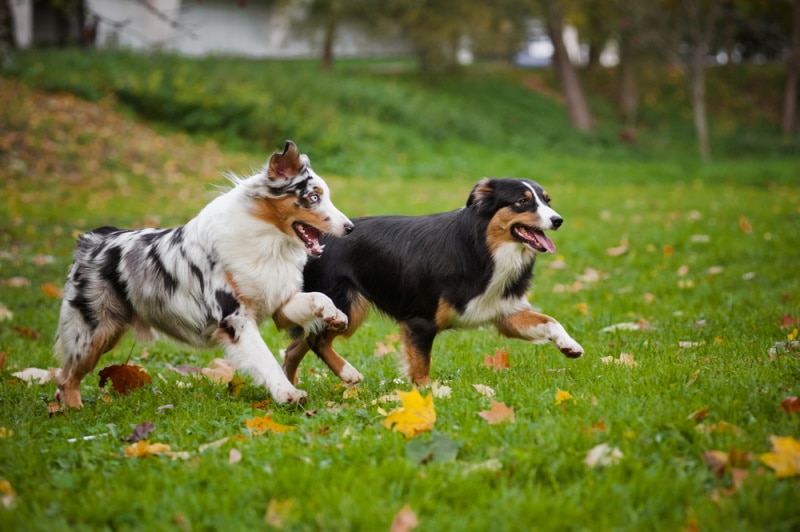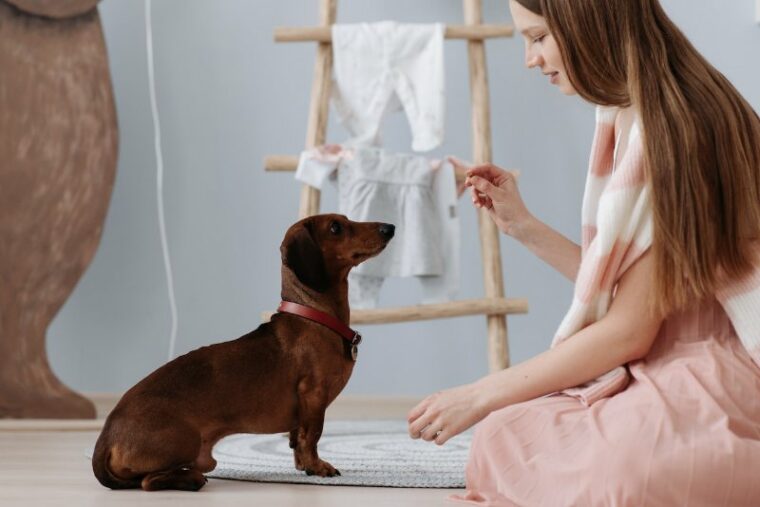
Positive reinforcement is a training technique that rewards positive behavior, thus increasing the likelihood of that behavior being repeated in the future. You should not reprimand or scold the dog for bad behavior, but you do need to be consistent with positive affirmations to ensure the best results from your training sessions. You can use treats as a reward but should wean your dog off them once training progresses, and some owners find they benefit from the use of a clicker.
Below are seven steps to help with positive reinforcement training, as well as three things you should never do when using this training method.
Do
1. Praise Desirable Behavior
As soon as, and whenever, your dog exhibits positive or desirable behavior, you should praise the dog. If you are starting out and using reward-based training, you should also give a treat. Over time, your dog will associate the receipt of reward and praise with the action that they perform.
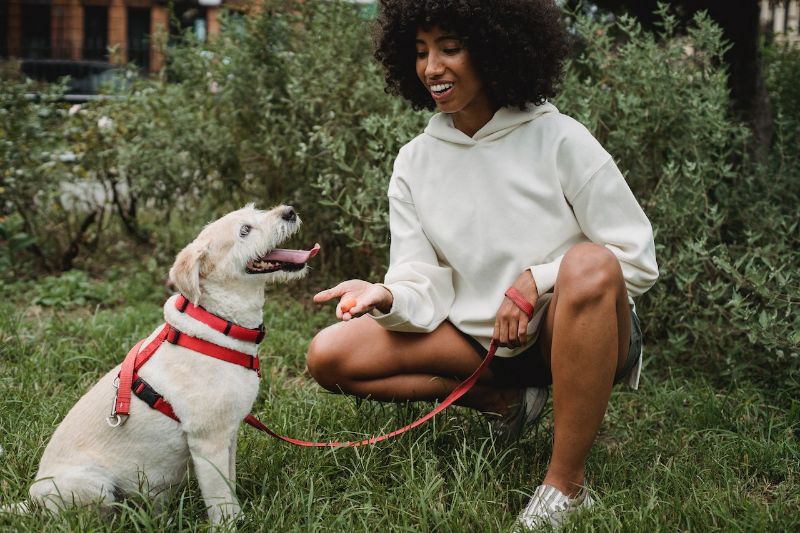
2. Ignore Unwanted Behavior
Positive reinforcement doesn’t use punishment, which means that you praise positive behavior and need to ignore negative or unwanted behavior. Rather than reprimanding your dog for any unwanted behavior, have them correct that behavior or do something that you want them to, and then immediately reward them for that action.
For example, if you are trying to stop your dog from jumping up to greet people, instead of telling them off for the action, have them sit down when they greet and reward them for doing so.
3. Be Consistent
Especially when starting with training, you should praise and reward your dog every time they do something positive, and you need to be consistent. This will ensure that your dog associates the positive action with the resulting praise and reward.
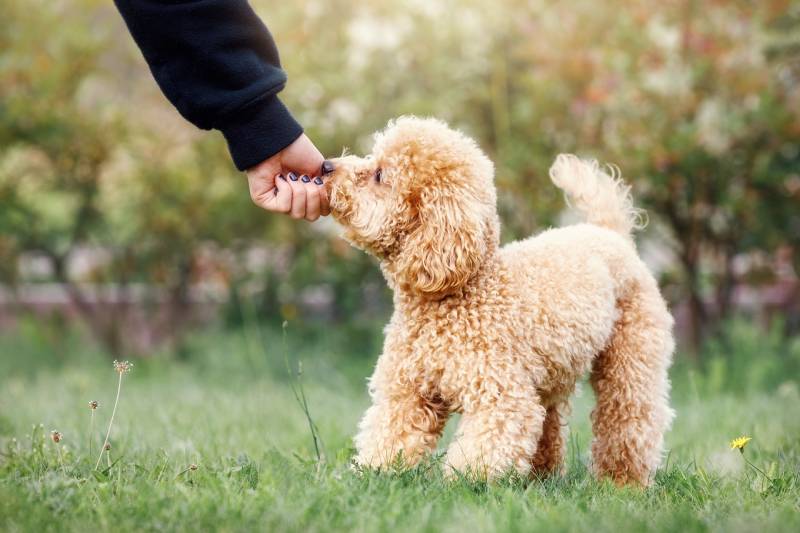
4. Keep Training Sessions Short
If you make training sessions too long, your dog can get bored, and their attention may wander. You are effectively setting your pup up to fail. When trying to teach commands like sit or lie down, keep sessions short, and try to make them as fun as possible. You can always repeat the session the next day.
5. Make It Fun
Dogs are a lot like children, and they are easier to train if they enjoy the training sessions you implement. You can try to turn training into a play session or at the very least, keep your attitude light and playful rather than serious and stoic.
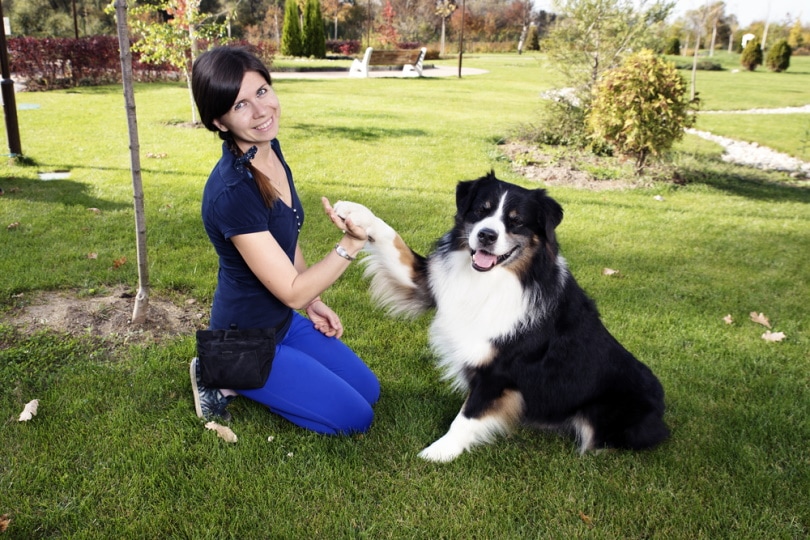
6. End on a Positive Note
End a training session on a positive note, so repeat a command until your dog completes it successfully and end the session there, rather than after they fail. The last minute of the session is what your dog will predominantly remember. A positive end not only means greater reinforcement of the training, but it also means that your dog will be more likely to want another session in the future.
7. Wean Off Treats
Over time, your dog will instinctively pick up on the positive behavior traits that you want them to exhibit. Once it starts to become instinctive, you can start to wean them off any treats you are using. Cut down and give treats every other time your dog does what you want. Once they get used to this schedule, cut down and give a treat every third time and then every fourth time until you can eventually cut the treats out altogether and just give vocal praise. You will still want to randomly reinforce a learned behavior with a treat to maintain your dog’s motivation.
Don’t
1. Scold Your Dog
Positive reinforcement means encouraging your dog to exhibit positive behavior and rewarding them appropriately. It doesn’t and shouldn’t include scolding and shouting when they misbehave or when they don’t pick up a particular command. Scolding your dog can harm your training efforts, and it may even lead to behavioral and emotional problems with your dog.
2. Overcomplicate Things
Training should be as simple as possible. If you’re trying to teach a routine, break it down into sections and teach one section at a time. Teach the first stage until your dog comfortably performs that one action. Then, add the second stage. If you make things too complicated, it can confuse a dog and means they are more likely to fail.

3. Wait Before Rewarding
The reward and praise your dog receives need to come as soon as they perform the desired action. This way, your pup associates the action with the praise. If you wait too long before offering a reward, they won’t associate that reward with the action. Clickers and short words of praise like “good!” work to mark the desired behavior and link or “bridge” that moment to the moment that your dog received a treat. That said, you still want to deliver the reinforcement or reward as soon as possible to keep the association.
Conclusion
Positive reinforcement is an effective method of training dogs. It can take time and does require consistency, but over time, you can teach your dog how you want them to behave and prevent unwanted behavior by replacing it with positive behavior. You can use treats initially, but you should generally look to remove treats after some time, offering praise rather than food-based and treat-based rewards.
Featured Image Credit: Pavel Danilyuk, Pexels




